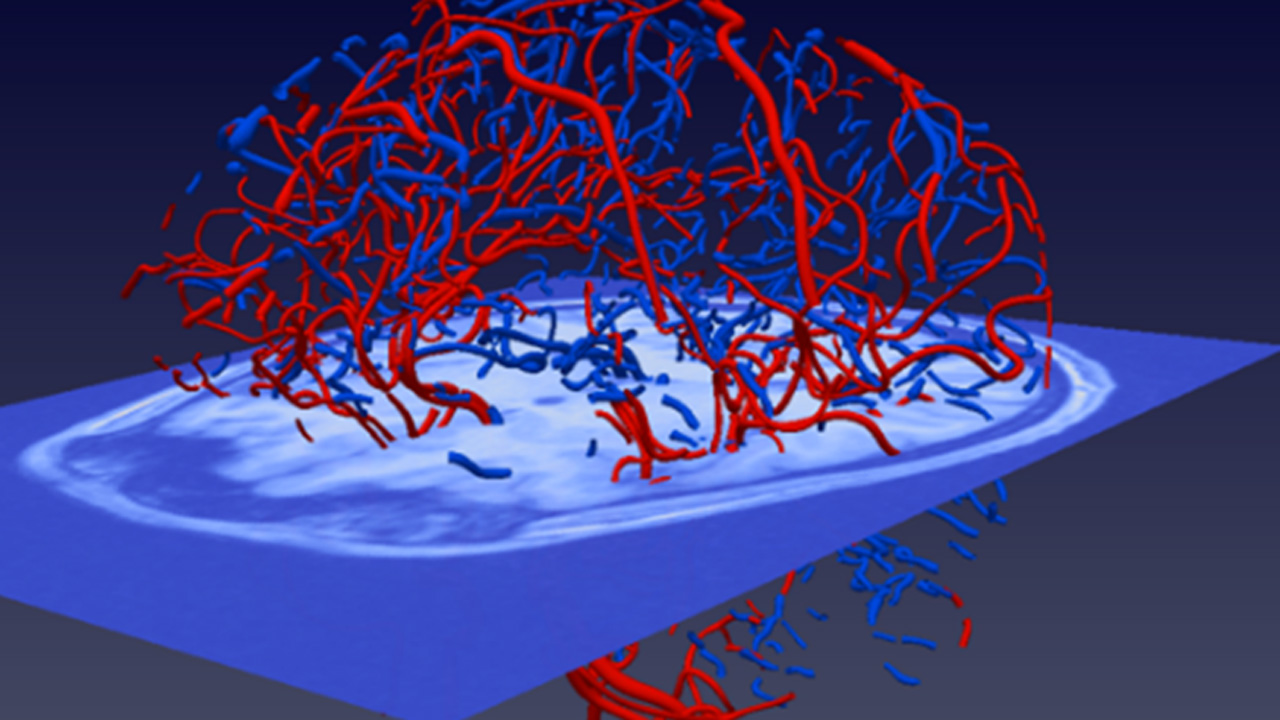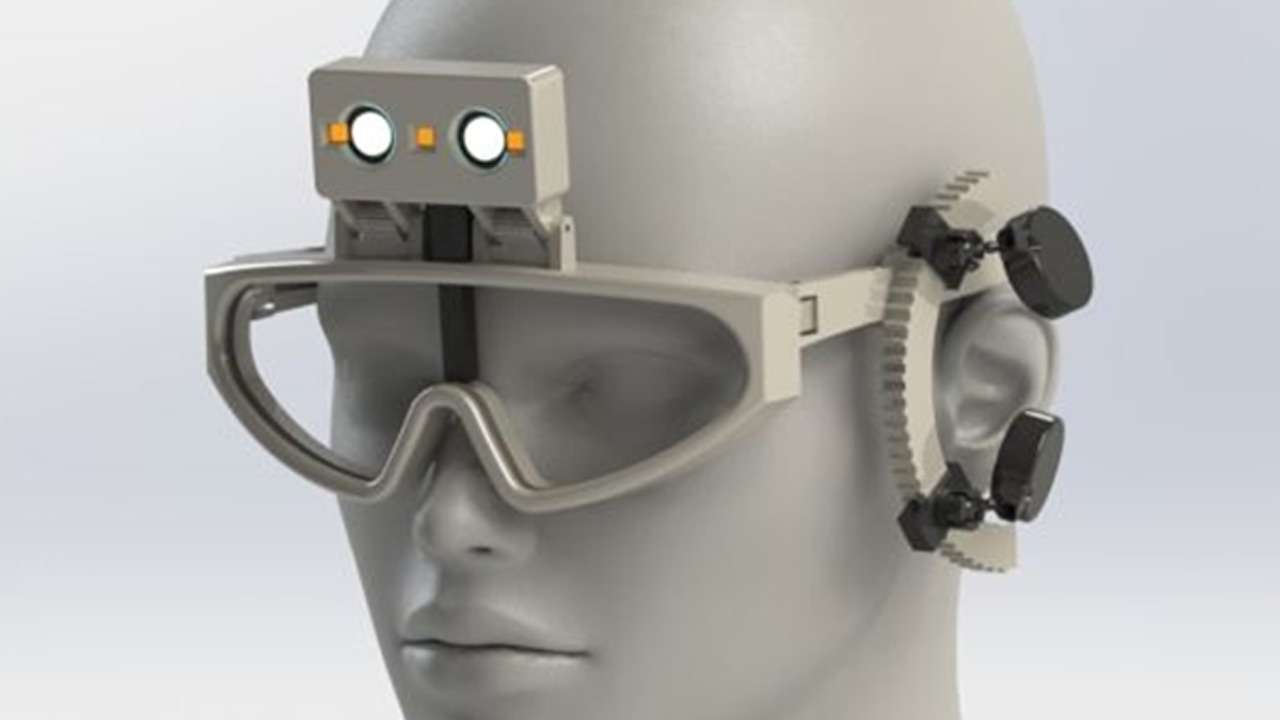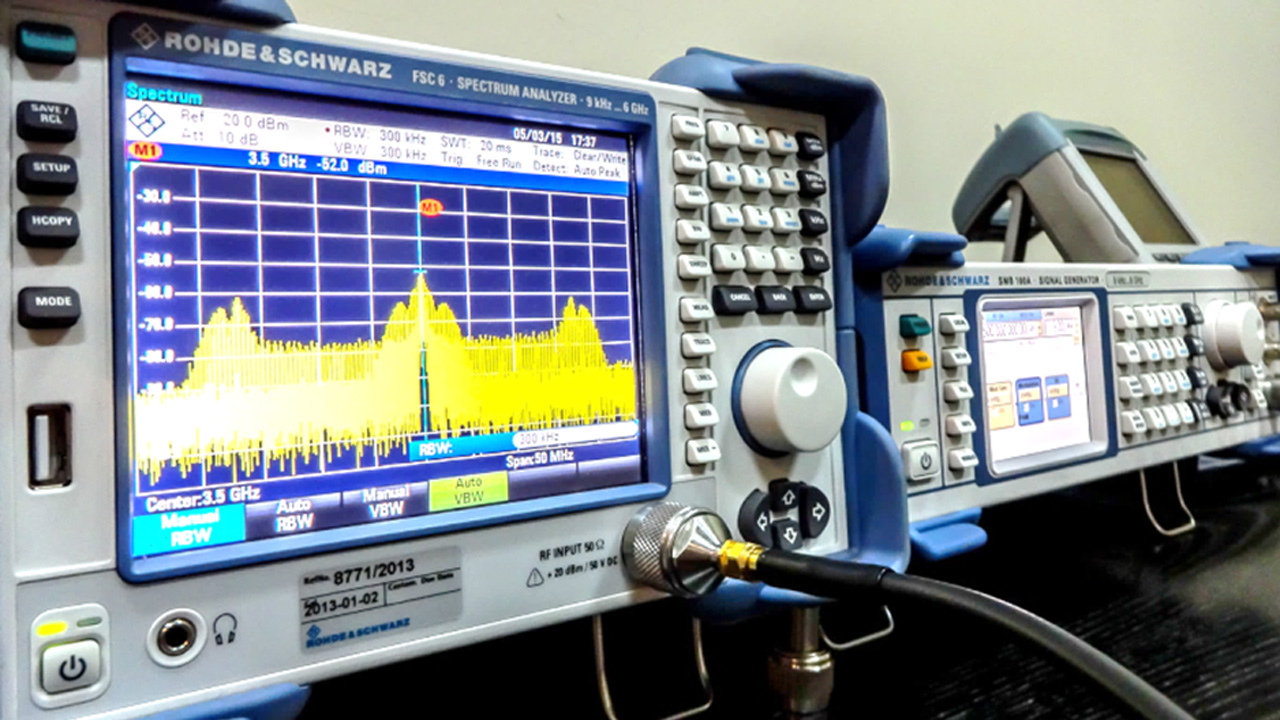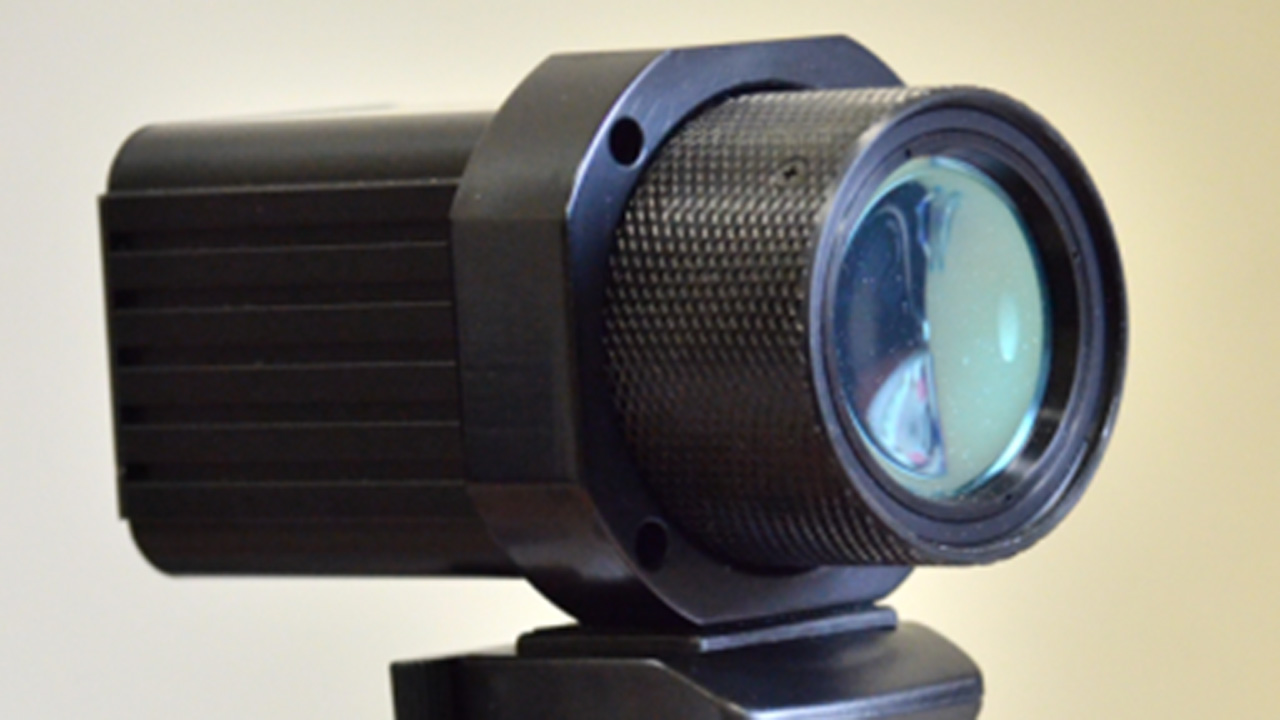Main research areas:
Analysis of images and biomedical signals
The ongoing development of modern medical technologies, such as magnetic resonance imaging, positron-emission or computer tomography, stipulates the need for efficient and effective methods of biomedical data processing and recognition. In line with technological advancement, the shift of contemporary diagnostics towards personalized, predictive, preventive and participatory medicine can benefit from the recent achievements in image processing, computer vision and machine learning techniques. Algorithms and software designed in the Institute of Electronics address these issues in a variety of applications, like e.g. anatomical structures segmentation, vessels geometry modeling, blood flow and magnetic resonance angiography simulation, tissue perfusion quantification, skin lesion detection and categorization and finally diagnosis of voice disorders. Our scientific interests reach beyond medical applications. Automatic classification of barley grains species is an example of a project, where our competences in image segmentation, registration, and color and texture analysis have proven useful.
→ Research topics in the area of image and biomedical signal analysis.
Human-computer interaction
Rapid advancements in information and computer technologies (ICT) support more and more human activities. A particular challenge is to build user friendly interfaces for ICT systems that decide about their usability and performance.
A particularly difficult problem is the design and implementation of user interfaces dedicated to persons with sensorial and physical disabilities. In the Institute of Electronics we have been carrying out research activities focusing on developing such systems as: innovative brain computer (BCI) interfaces, eye-blink detection systems and a pool of electronic systems aiding the visually impaired in mobility, spatial orientation with the use of 3D imaging, sonification and haptification techniques. We receive funding form EU grants (H2020) and numerous national grants.
→ Research topics in the area of human-computer interaction
Telecommunications systems
The research of the division is focused on:
• electromagnetic wave propagation modelling;
• modelling and design of antennas and antenna systems;
• modelling and design of radio communication
• systems including ad-hoc networks;
• automation of complex measurement procedures, e.g. in electromagnetic compatibility;
• signal and image processing (filtering, coding, compression);
• application of computational intelligence (artificial neural networks, evolutionary algorithms, fuzzy logic) for processing and recognition of signals and images, telecommunication traffic engineering, and solving global optimisation problems;
• modelling, design, and testing of real time services;
• modelling, design, and testing of specialised integrated circuits;
• coding and information theory.
→ Research topics in the area of telecommunications systems
Electronic and thermal imaging systems
In the Institute of Electronics, the innovative infrared (IR) systems are being developed. Such systems implement the advanced hardware and software solutions, including the latest methods of data analysis and processing. Our scientists and experts offer an aid in development and implementation of different projects, such as systems for medical screening or wide and broad-band (3-14 µm) bolometric IR cameras for gas detection. We also offer LWIR (7-14 µm) high sensitive IR camera, with VOx 640x480, 25mK NETD detectors. We propose co-operation in the development of systems for temperature and strain measurement using optical fibers, based on the Raman and Brillouin scattering phenomena. We offer the testing systems based on radiation temperature and thermal impedance measurements for thermal management in electronics, electrical engineering, mechanics, textiles and other domains.
→ Research topics in the area of electronic and thermal imaging systems



